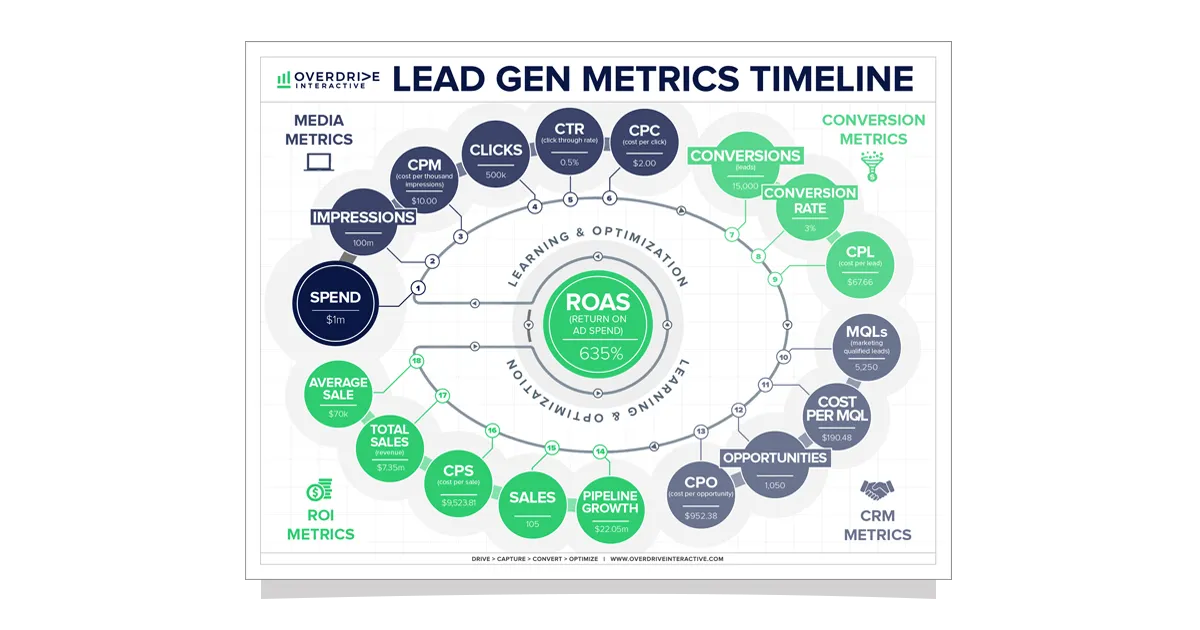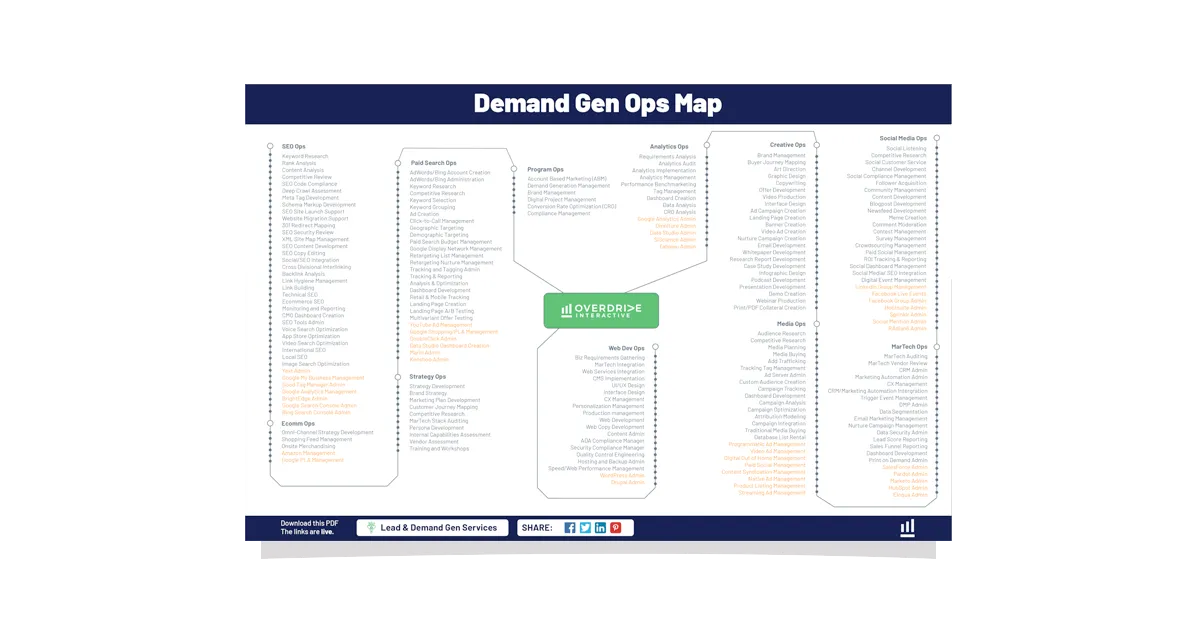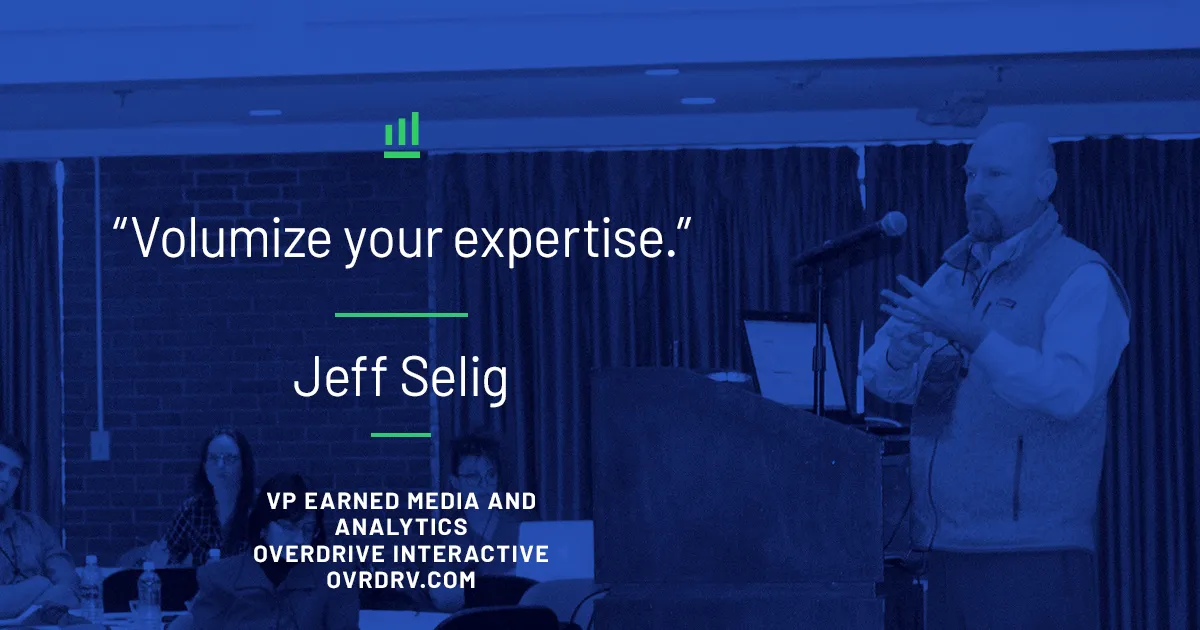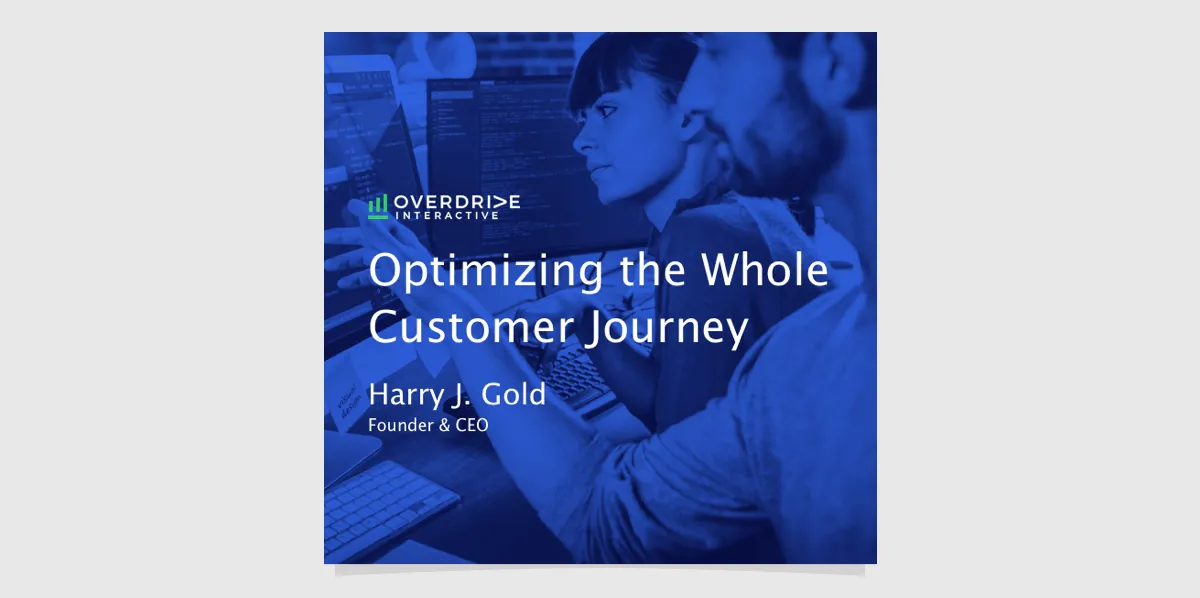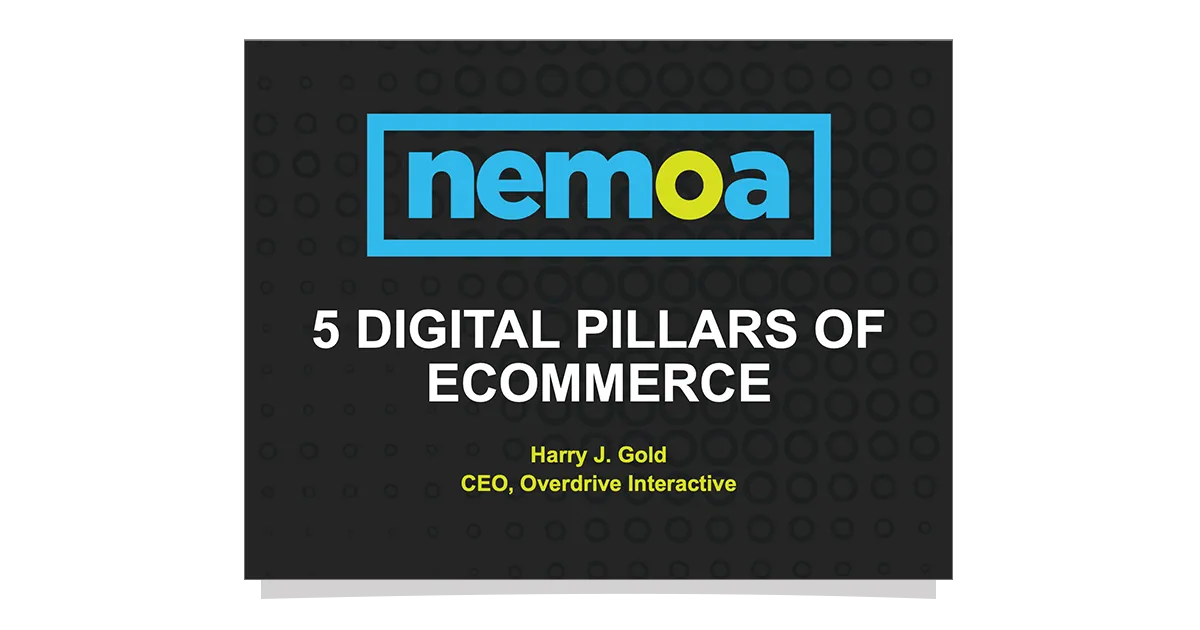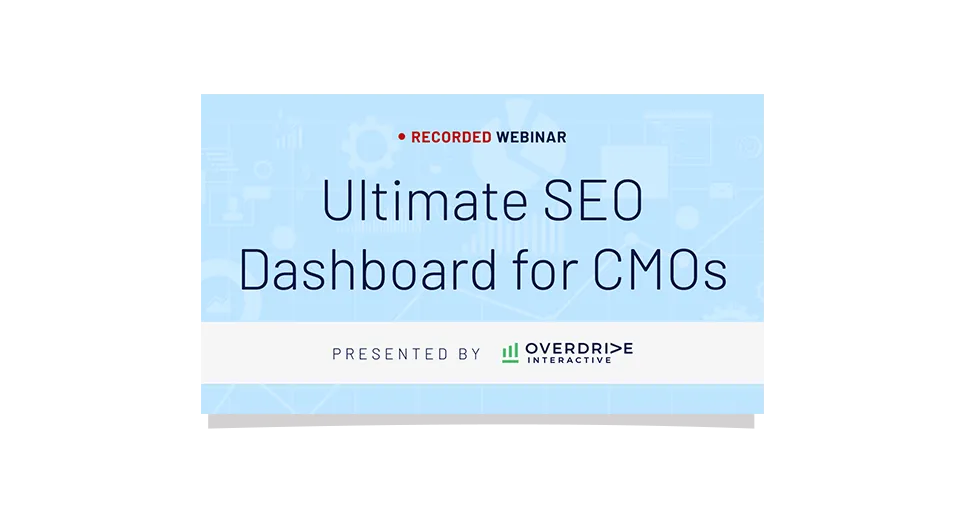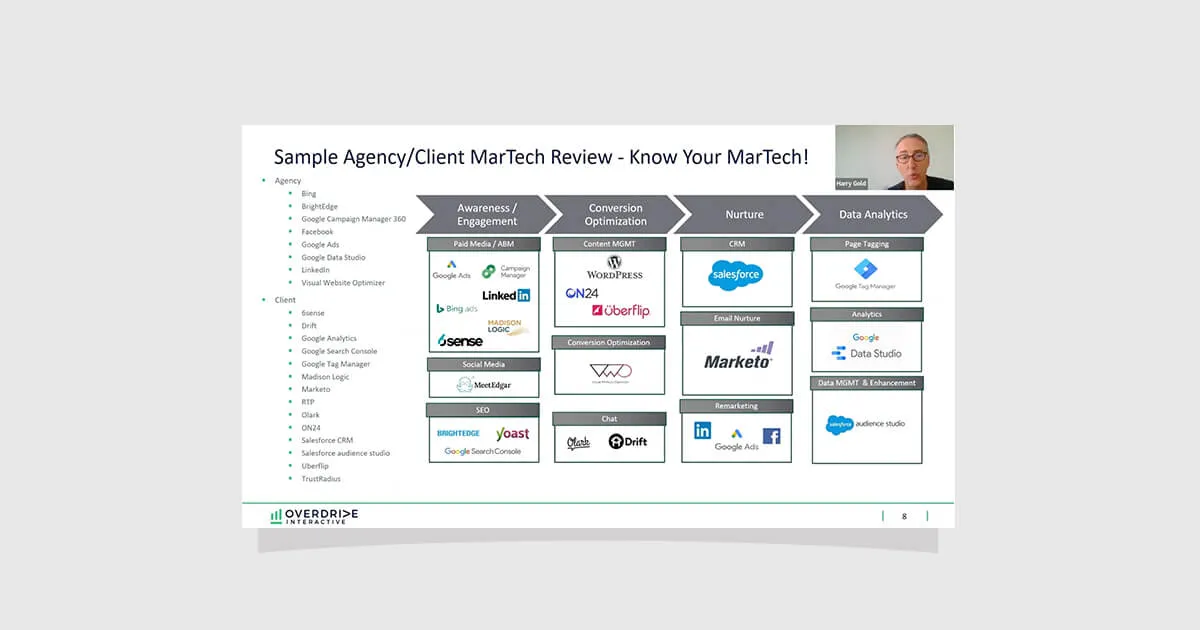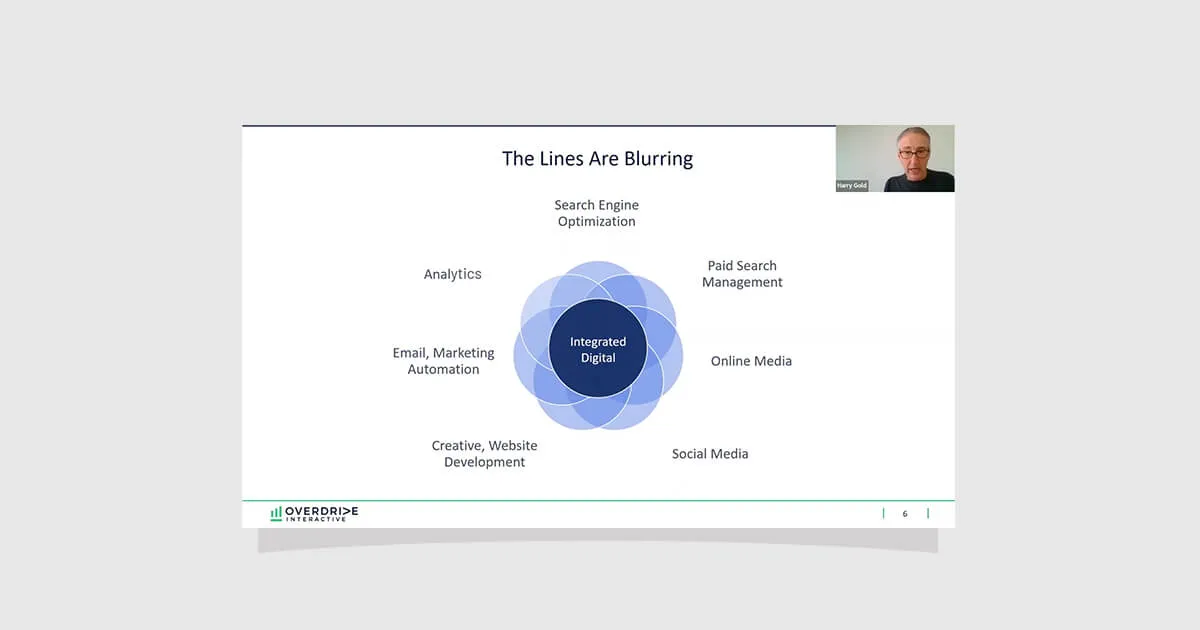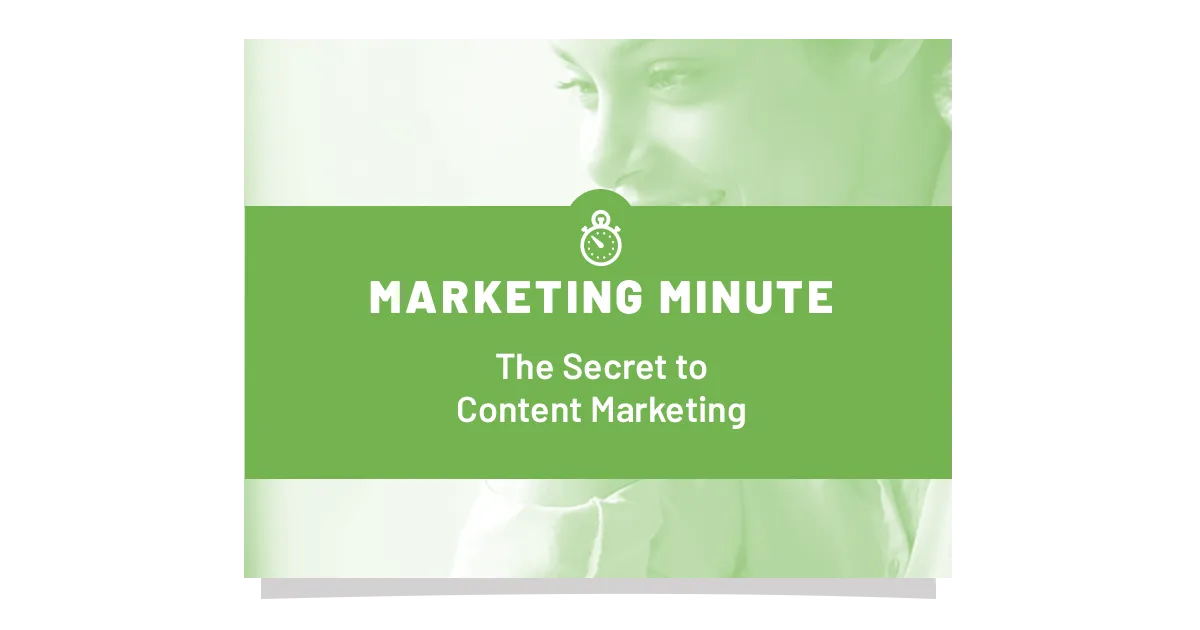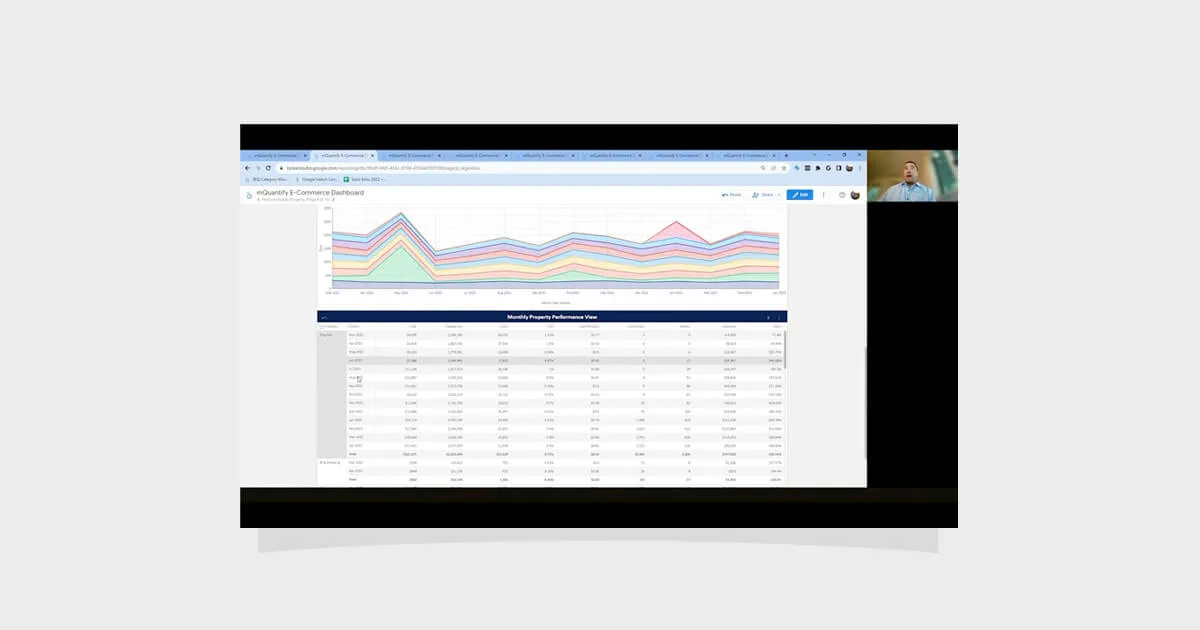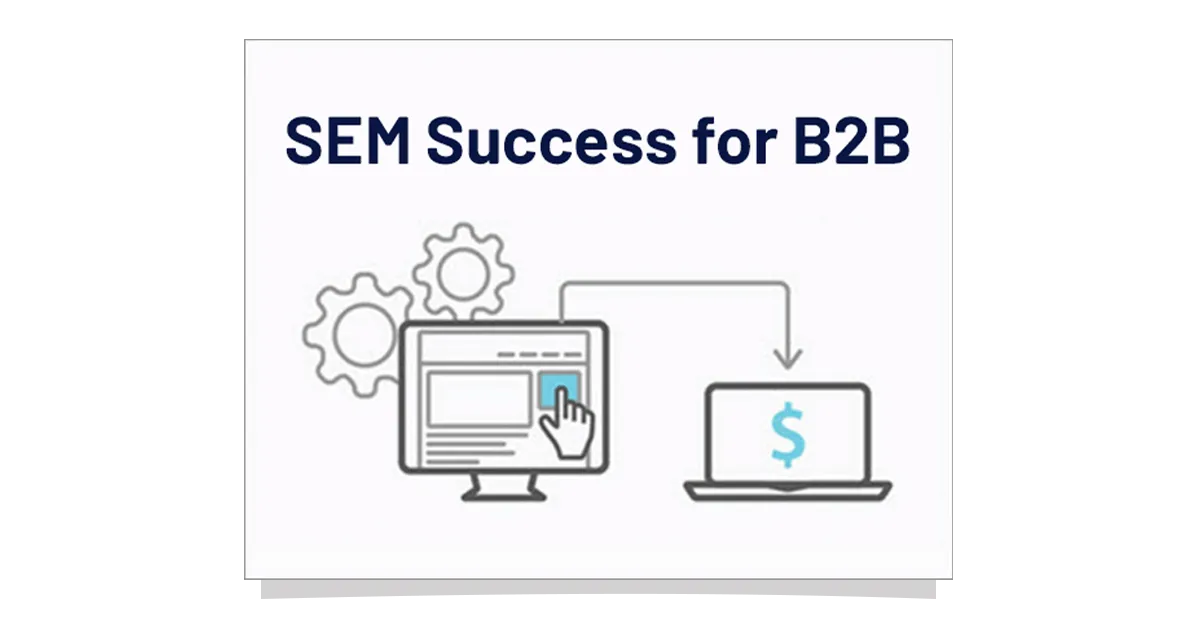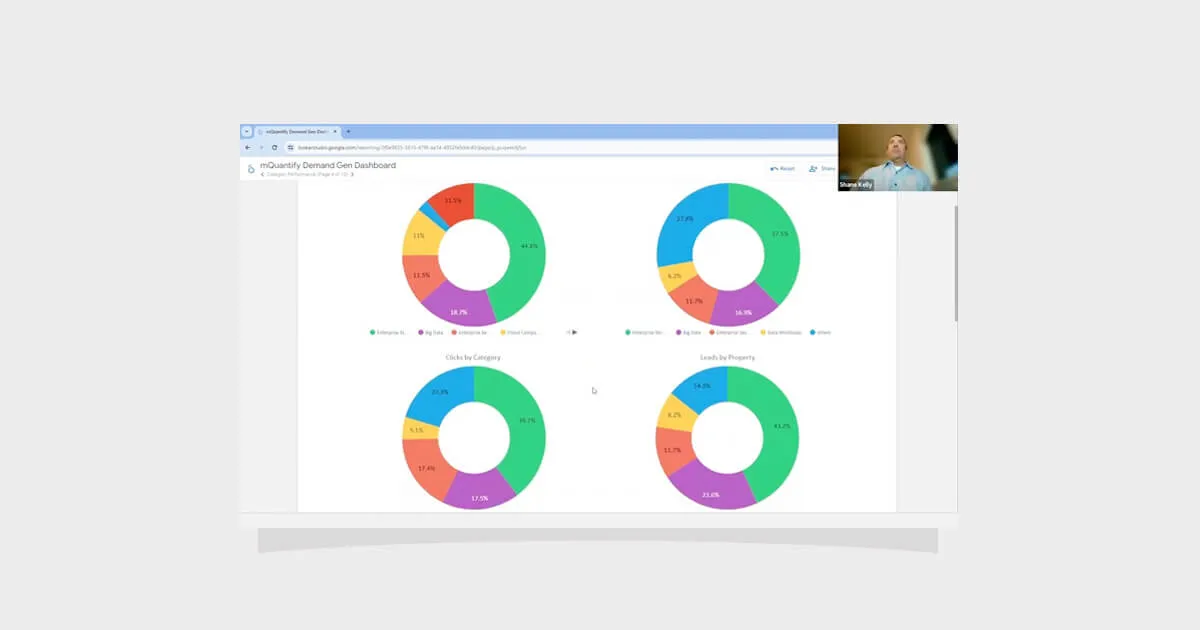Google Indexing Instagram Content
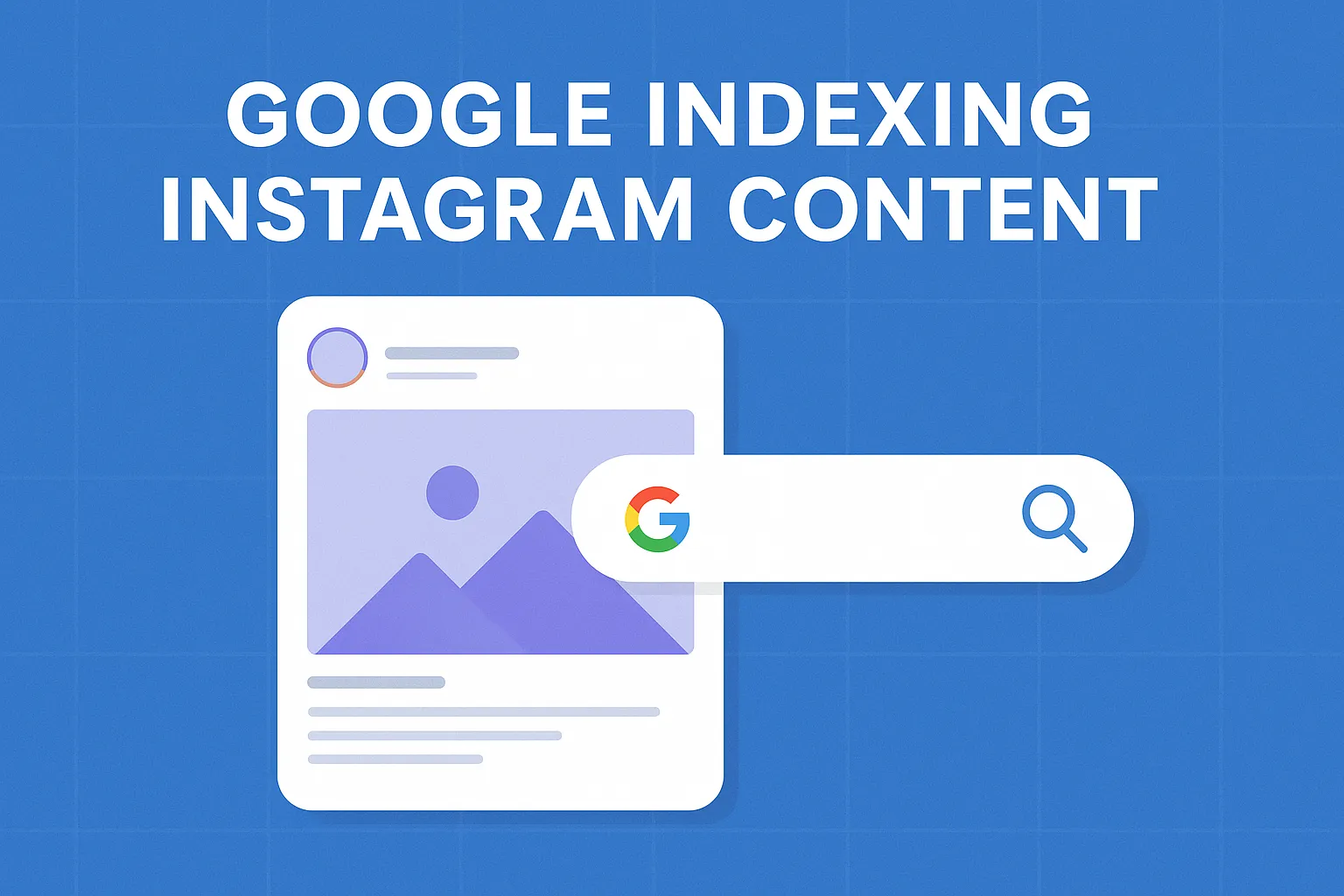
Key Takeaways
· Starting July 10, 2025, Instagram posts are now more visible in Google Search, expanding opportunities for brands to reach audiences beyond the app itself.
· Public Business and Creator posts are eligible for indexing, including Reels, carousels, and photo posts, making them discoverable in new regions and search contexts.
· Instagram content must now be optimized for SEO, with keyword-rich captions, alt text, and structured content playing a bigger role in visibility and performance.
· Digital marketers can treat Instagram posts like mini landing pages, using them to drive evergreen traffic and support broader search and discovery goals.
· Brands unprepared for SEO‑driven discovery risk poor impressions, as shallow or outdated content could surface in search results and dilute brand credibility.
· This change is part of a larger shift toward AI‑powered discovery, where structured, informative, and valuable content will gain favor across search engines and assistant platforms.
Overview
Since July 10, 2025, Instagram has begun notifying users in select regions that public Business and Creator posts (including Instagram Reels, carousel images, and regular Instagram posts from 2020 onward) are now being indexed by search engines such as Google and Bing.
While this rollout marks an expansion into new geographies, it’s not an entirely new feature. Many public Instagram posts have already been searchable in Google for years, and this feature is being gradually rolled out around the world, with some regions already having had it as the norm for several years. According to Instagram’sHelp center documentation:
“Instagram generally requests that search engines likeGoogle and Microsoft Bing do not index the content of users’ photos and videos from stories, reels, posts, and highlights. However, we allow search engines to index photos and videos from public reels and posts that were uploaded or posted from January 1, 2020 onwards from accounts that meet all criteria listed below:
· The account holder is currently over18.
· The account is currently public.
· The account is currently a professional account.”
That said, expanding indexing to new regions opens fresh opportunities and hazards for brands and marketers.
Why Instagram Indexation Matters Now
Despite the feature’s gradual rollout, the timing couldn’t be more crucial. As Forbes points out, this means that Instagram content now competes within Google Search results alongside websites andYouTube videos — transforming Reels, images, and captions into discovery assets that extend reach beyond the confines of the app.
However, being indexed doesn’t necessarily guarantee visibility. Brands aren’t ready the moment Instagram posts appear in search results. Instead, it takes meaningful strategy, depth, and structure to actually rank in SERPs.
Opportunities for Digital Marketing Clients
· Extended Lifespan & EvergreenReach: Instagram posts no longer disappear into the feed’s void—they now live in search results among the classic blue site links and other rich results. This adds an evergreen channel to content planning that didn’t exist before.
· Micro-site Potential: Public posts become mini-webpages. Brands can leverage carousel posts as structured, theme-driven content hubs—ideal for how-to guides, tutorials, or quick expert rundowns on specific topics.
· Integrated SEO Strategy: Captions and alt text now need to be optimized not just for in-app engagement, but also for search visibility. Keywords, clear hooks, and descriptive text are essential for accessibility, in more than one meaning of the word.
· Broader Audience Reach: Consumers searching for niche topics (e.g., “sustainable skincare routine”) may now land on, and receive their information via, a well-crafted Instagram post—makingInstagram a legitimate discovery touchpoint.
Risks If You’re Unprepared
· Surface-Level Content Will Fail: As noted, empty announcements and bland captions will crumble under SEO scrutiny. Without real value to your content, your indexed Instagram post may still rank poorly, or worse, tarnish brand image when discovered.
· Loss of Control Over Brand Impressions: When users discover your brand via Google, their first stop is not your website, but Instagram.A poorly maintained Instagram profile or outdated bio can leave a bad impression.
· Privacy Misalignment: Brands need to be clear about what’s public, and configure their social media profiles accordingly. Personal or private posts will not be indexed, but misclassification of business media content could send mixed signals.
Strategic Checklist for Indexable Instagram Content Strategy
· Audit current Instagram content - IdentifySEO-ready posts and captions that could benefit from target keyword optimization.
· Enhance SEO across the board - Add keyword-driven text, alt tags, and informative captions. Think beyond hashtags and infuse content with what users are really searching for.
· Craft purposeful content types - Carousels,Reels with descriptive captions, and informative CTAs.
· Polish Instagram profile structure - Ensure bios, highlights, link trees align with brand messaging and keywords.
· Monitor Google referrals - Use analytics tools and platforms such as Google Analytics 4 to see if and how Instagram posts drive SERP traffic.
· Educate creators/profile managers - Help them write for both audience and algorithm—clarity and intent over flashiness.
The AI-Enabled Discovery Era in Search
Even as Instagram gains visibility in Google, attribution will likely not solely depend on search. AI-powered assistants (such as Google’s Bard, Gemini, or ChatGPT integrations) are beginning to draw upon and synthesize social content into recommendations. That means content quality and brand voices need to be credible and consistent, because AI will judge the content and relay that to users.
These changes in the landscape aren’t only about SEO anymore, but also about becoming part of a knowledge framework that AI uses when answering user queries. Brands need to think beyond “appear in search”, as they need to earn AI relevance through high-value, structured, and authentic content.
A Shift in Search, Not a Revolution
Instagram and other social media platforms are effectively becoming secondary search platforms, with indexed content receiving a shot at organic visibility in the SERPs. This matters for brands, as long as they’re prepared to treat Instagram posts likeSEO assets. Even in its current state, Google has already integrated UGC such as discussion forums to serve as highly-relevant results to users.
However,Instagram optimization is not a secret algorithmic backdoor. Public Instagram posts have already been partially indexed in many regions. The current rollout is simply expanding reach, and alerting marketers in newly affected regions.
But most importantly: Visibility without intent is empty. Brands that embrace this change strategically by investing in optimized captions, healthy social profile hygiene, and purposeful content will gain a lasting edge. Those that don’t will see their gaps amplified, not hidden.
Google indexingInstagram posts marks a shift in how brands surface online content. This is nota gimmick, but a structural change in search and how brands should think about it. To leverage it, clients must become fluent in Instagram SEO, treat posts as searchable pages, and prepare for AI‑powered discovery that values clarity, purpose, and lasting relevance.
Ready to Optimize Your Instagram for Search?
At Overdrive Interactive, we help brands turn social content into powerful discovery tools—whether it’s optimizing Instagram posts for SEO, structuring content for AI-driven search, or building strategies that boost visibility and engagement across every platform. Your team just got bigger—Say Hello.
Google Indexing Instagram Content

Download the guide to:
Key Takeaways
· Starting July 10, 2025, Instagram posts are now more visible in Google Search, expanding opportunities for brands to reach audiences beyond the app itself.
· Public Business and Creator posts are eligible for indexing, including Reels, carousels, and photo posts, making them discoverable in new regions and search contexts.
· Instagram content must now be optimized for SEO, with keyword-rich captions, alt text, and structured content playing a bigger role in visibility and performance.
· Digital marketers can treat Instagram posts like mini landing pages, using them to drive evergreen traffic and support broader search and discovery goals.
· Brands unprepared for SEO‑driven discovery risk poor impressions, as shallow or outdated content could surface in search results and dilute brand credibility.
· This change is part of a larger shift toward AI‑powered discovery, where structured, informative, and valuable content will gain favor across search engines and assistant platforms.
Overview
Since July 10, 2025, Instagram has begun notifying users in select regions that public Business and Creator posts (including Instagram Reels, carousel images, and regular Instagram posts from 2020 onward) are now being indexed by search engines such as Google and Bing.
While this rollout marks an expansion into new geographies, it’s not an entirely new feature. Many public Instagram posts have already been searchable in Google for years, and this feature is being gradually rolled out around the world, with some regions already having had it as the norm for several years. According to Instagram’sHelp center documentation:
“Instagram generally requests that search engines likeGoogle and Microsoft Bing do not index the content of users’ photos and videos from stories, reels, posts, and highlights. However, we allow search engines to index photos and videos from public reels and posts that were uploaded or posted from January 1, 2020 onwards from accounts that meet all criteria listed below:
· The account holder is currently over18.
· The account is currently public.
· The account is currently a professional account.”
That said, expanding indexing to new regions opens fresh opportunities and hazards for brands and marketers.
Why Instagram Indexation Matters Now
Despite the feature’s gradual rollout, the timing couldn’t be more crucial. As Forbes points out, this means that Instagram content now competes within Google Search results alongside websites andYouTube videos — transforming Reels, images, and captions into discovery assets that extend reach beyond the confines of the app.
However, being indexed doesn’t necessarily guarantee visibility. Brands aren’t ready the moment Instagram posts appear in search results. Instead, it takes meaningful strategy, depth, and structure to actually rank in SERPs.
Opportunities for Digital Marketing Clients
· Extended Lifespan & EvergreenReach: Instagram posts no longer disappear into the feed’s void—they now live in search results among the classic blue site links and other rich results. This adds an evergreen channel to content planning that didn’t exist before.
· Micro-site Potential: Public posts become mini-webpages. Brands can leverage carousel posts as structured, theme-driven content hubs—ideal for how-to guides, tutorials, or quick expert rundowns on specific topics.
· Integrated SEO Strategy: Captions and alt text now need to be optimized not just for in-app engagement, but also for search visibility. Keywords, clear hooks, and descriptive text are essential for accessibility, in more than one meaning of the word.
· Broader Audience Reach: Consumers searching for niche topics (e.g., “sustainable skincare routine”) may now land on, and receive their information via, a well-crafted Instagram post—makingInstagram a legitimate discovery touchpoint.
Risks If You’re Unprepared
· Surface-Level Content Will Fail: As noted, empty announcements and bland captions will crumble under SEO scrutiny. Without real value to your content, your indexed Instagram post may still rank poorly, or worse, tarnish brand image when discovered.
· Loss of Control Over Brand Impressions: When users discover your brand via Google, their first stop is not your website, but Instagram.A poorly maintained Instagram profile or outdated bio can leave a bad impression.
· Privacy Misalignment: Brands need to be clear about what’s public, and configure their social media profiles accordingly. Personal or private posts will not be indexed, but misclassification of business media content could send mixed signals.
Strategic Checklist for Indexable Instagram Content Strategy
· Audit current Instagram content - IdentifySEO-ready posts and captions that could benefit from target keyword optimization.
· Enhance SEO across the board - Add keyword-driven text, alt tags, and informative captions. Think beyond hashtags and infuse content with what users are really searching for.
· Craft purposeful content types - Carousels,Reels with descriptive captions, and informative CTAs.
· Polish Instagram profile structure - Ensure bios, highlights, link trees align with brand messaging and keywords.
· Monitor Google referrals - Use analytics tools and platforms such as Google Analytics 4 to see if and how Instagram posts drive SERP traffic.
· Educate creators/profile managers - Help them write for both audience and algorithm—clarity and intent over flashiness.
The AI-Enabled Discovery Era in Search
Even as Instagram gains visibility in Google, attribution will likely not solely depend on search. AI-powered assistants (such as Google’s Bard, Gemini, or ChatGPT integrations) are beginning to draw upon and synthesize social content into recommendations. That means content quality and brand voices need to be credible and consistent, because AI will judge the content and relay that to users.
These changes in the landscape aren’t only about SEO anymore, but also about becoming part of a knowledge framework that AI uses when answering user queries. Brands need to think beyond “appear in search”, as they need to earn AI relevance through high-value, structured, and authentic content.
A Shift in Search, Not a Revolution
Instagram and other social media platforms are effectively becoming secondary search platforms, with indexed content receiving a shot at organic visibility in the SERPs. This matters for brands, as long as they’re prepared to treat Instagram posts likeSEO assets. Even in its current state, Google has already integrated UGC such as discussion forums to serve as highly-relevant results to users.
However,Instagram optimization is not a secret algorithmic backdoor. Public Instagram posts have already been partially indexed in many regions. The current rollout is simply expanding reach, and alerting marketers in newly affected regions.
But most importantly: Visibility without intent is empty. Brands that embrace this change strategically by investing in optimized captions, healthy social profile hygiene, and purposeful content will gain a lasting edge. Those that don’t will see their gaps amplified, not hidden.
Google indexingInstagram posts marks a shift in how brands surface online content. This is nota gimmick, but a structural change in search and how brands should think about it. To leverage it, clients must become fluent in Instagram SEO, treat posts as searchable pages, and prepare for AI‑powered discovery that values clarity, purpose, and lasting relevance.
Ready to Optimize Your Instagram for Search?
At Overdrive Interactive, we help brands turn social content into powerful discovery tools—whether it’s optimizing Instagram posts for SEO, structuring content for AI-driven search, or building strategies that boost visibility and engagement across every platform. Your team just got bigger—Say Hello.
Google Indexing Instagram Content

Download the guide to:
Key Takeaways
· Starting July 10, 2025, Instagram posts are now more visible in Google Search, expanding opportunities for brands to reach audiences beyond the app itself.
· Public Business and Creator posts are eligible for indexing, including Reels, carousels, and photo posts, making them discoverable in new regions and search contexts.
· Instagram content must now be optimized for SEO, with keyword-rich captions, alt text, and structured content playing a bigger role in visibility and performance.
· Digital marketers can treat Instagram posts like mini landing pages, using them to drive evergreen traffic and support broader search and discovery goals.
· Brands unprepared for SEO‑driven discovery risk poor impressions, as shallow or outdated content could surface in search results and dilute brand credibility.
· This change is part of a larger shift toward AI‑powered discovery, where structured, informative, and valuable content will gain favor across search engines and assistant platforms.
Overview
Since July 10, 2025, Instagram has begun notifying users in select regions that public Business and Creator posts (including Instagram Reels, carousel images, and regular Instagram posts from 2020 onward) are now being indexed by search engines such as Google and Bing.
While this rollout marks an expansion into new geographies, it’s not an entirely new feature. Many public Instagram posts have already been searchable in Google for years, and this feature is being gradually rolled out around the world, with some regions already having had it as the norm for several years. According to Instagram’sHelp center documentation:
“Instagram generally requests that search engines likeGoogle and Microsoft Bing do not index the content of users’ photos and videos from stories, reels, posts, and highlights. However, we allow search engines to index photos and videos from public reels and posts that were uploaded or posted from January 1, 2020 onwards from accounts that meet all criteria listed below:
· The account holder is currently over18.
· The account is currently public.
· The account is currently a professional account.”
That said, expanding indexing to new regions opens fresh opportunities and hazards for brands and marketers.
Why Instagram Indexation Matters Now
Despite the feature’s gradual rollout, the timing couldn’t be more crucial. As Forbes points out, this means that Instagram content now competes within Google Search results alongside websites andYouTube videos — transforming Reels, images, and captions into discovery assets that extend reach beyond the confines of the app.
However, being indexed doesn’t necessarily guarantee visibility. Brands aren’t ready the moment Instagram posts appear in search results. Instead, it takes meaningful strategy, depth, and structure to actually rank in SERPs.
Opportunities for Digital Marketing Clients
· Extended Lifespan & EvergreenReach: Instagram posts no longer disappear into the feed’s void—they now live in search results among the classic blue site links and other rich results. This adds an evergreen channel to content planning that didn’t exist before.
· Micro-site Potential: Public posts become mini-webpages. Brands can leverage carousel posts as structured, theme-driven content hubs—ideal for how-to guides, tutorials, or quick expert rundowns on specific topics.
· Integrated SEO Strategy: Captions and alt text now need to be optimized not just for in-app engagement, but also for search visibility. Keywords, clear hooks, and descriptive text are essential for accessibility, in more than one meaning of the word.
· Broader Audience Reach: Consumers searching for niche topics (e.g., “sustainable skincare routine”) may now land on, and receive their information via, a well-crafted Instagram post—makingInstagram a legitimate discovery touchpoint.
Risks If You’re Unprepared
· Surface-Level Content Will Fail: As noted, empty announcements and bland captions will crumble under SEO scrutiny. Without real value to your content, your indexed Instagram post may still rank poorly, or worse, tarnish brand image when discovered.
· Loss of Control Over Brand Impressions: When users discover your brand via Google, their first stop is not your website, but Instagram.A poorly maintained Instagram profile or outdated bio can leave a bad impression.
· Privacy Misalignment: Brands need to be clear about what’s public, and configure their social media profiles accordingly. Personal or private posts will not be indexed, but misclassification of business media content could send mixed signals.
Strategic Checklist for Indexable Instagram Content Strategy
· Audit current Instagram content - IdentifySEO-ready posts and captions that could benefit from target keyword optimization.
· Enhance SEO across the board - Add keyword-driven text, alt tags, and informative captions. Think beyond hashtags and infuse content with what users are really searching for.
· Craft purposeful content types - Carousels,Reels with descriptive captions, and informative CTAs.
· Polish Instagram profile structure - Ensure bios, highlights, link trees align with brand messaging and keywords.
· Monitor Google referrals - Use analytics tools and platforms such as Google Analytics 4 to see if and how Instagram posts drive SERP traffic.
· Educate creators/profile managers - Help them write for both audience and algorithm—clarity and intent over flashiness.
The AI-Enabled Discovery Era in Search
Even as Instagram gains visibility in Google, attribution will likely not solely depend on search. AI-powered assistants (such as Google’s Bard, Gemini, or ChatGPT integrations) are beginning to draw upon and synthesize social content into recommendations. That means content quality and brand voices need to be credible and consistent, because AI will judge the content and relay that to users.
These changes in the landscape aren’t only about SEO anymore, but also about becoming part of a knowledge framework that AI uses when answering user queries. Brands need to think beyond “appear in search”, as they need to earn AI relevance through high-value, structured, and authentic content.
A Shift in Search, Not a Revolution
Instagram and other social media platforms are effectively becoming secondary search platforms, with indexed content receiving a shot at organic visibility in the SERPs. This matters for brands, as long as they’re prepared to treat Instagram posts likeSEO assets. Even in its current state, Google has already integrated UGC such as discussion forums to serve as highly-relevant results to users.
However,Instagram optimization is not a secret algorithmic backdoor. Public Instagram posts have already been partially indexed in many regions. The current rollout is simply expanding reach, and alerting marketers in newly affected regions.
But most importantly: Visibility without intent is empty. Brands that embrace this change strategically by investing in optimized captions, healthy social profile hygiene, and purposeful content will gain a lasting edge. Those that don’t will see their gaps amplified, not hidden.
Google indexingInstagram posts marks a shift in how brands surface online content. This is nota gimmick, but a structural change in search and how brands should think about it. To leverage it, clients must become fluent in Instagram SEO, treat posts as searchable pages, and prepare for AI‑powered discovery that values clarity, purpose, and lasting relevance.
Ready to Optimize Your Instagram for Search?
At Overdrive Interactive, we help brands turn social content into powerful discovery tools—whether it’s optimizing Instagram posts for SEO, structuring content for AI-driven search, or building strategies that boost visibility and engagement across every platform. Your team just got bigger—Say Hello.
Google Indexing Instagram Content

Key Insights From Our Research
Key Takeaways
· Starting July 10, 2025, Instagram posts are now more visible in Google Search, expanding opportunities for brands to reach audiences beyond the app itself.
· Public Business and Creator posts are eligible for indexing, including Reels, carousels, and photo posts, making them discoverable in new regions and search contexts.
· Instagram content must now be optimized for SEO, with keyword-rich captions, alt text, and structured content playing a bigger role in visibility and performance.
· Digital marketers can treat Instagram posts like mini landing pages, using them to drive evergreen traffic and support broader search and discovery goals.
· Brands unprepared for SEO‑driven discovery risk poor impressions, as shallow or outdated content could surface in search results and dilute brand credibility.
· This change is part of a larger shift toward AI‑powered discovery, where structured, informative, and valuable content will gain favor across search engines and assistant platforms.
Overview
Since July 10, 2025, Instagram has begun notifying users in select regions that public Business and Creator posts (including Instagram Reels, carousel images, and regular Instagram posts from 2020 onward) are now being indexed by search engines such as Google and Bing.
While this rollout marks an expansion into new geographies, it’s not an entirely new feature. Many public Instagram posts have already been searchable in Google for years, and this feature is being gradually rolled out around the world, with some regions already having had it as the norm for several years. According to Instagram’sHelp center documentation:
“Instagram generally requests that search engines likeGoogle and Microsoft Bing do not index the content of users’ photos and videos from stories, reels, posts, and highlights. However, we allow search engines to index photos and videos from public reels and posts that were uploaded or posted from January 1, 2020 onwards from accounts that meet all criteria listed below:
· The account holder is currently over18.
· The account is currently public.
· The account is currently a professional account.”
That said, expanding indexing to new regions opens fresh opportunities and hazards for brands and marketers.
Why Instagram Indexation Matters Now
Despite the feature’s gradual rollout, the timing couldn’t be more crucial. As Forbes points out, this means that Instagram content now competes within Google Search results alongside websites andYouTube videos — transforming Reels, images, and captions into discovery assets that extend reach beyond the confines of the app.
However, being indexed doesn’t necessarily guarantee visibility. Brands aren’t ready the moment Instagram posts appear in search results. Instead, it takes meaningful strategy, depth, and structure to actually rank in SERPs.
Opportunities for Digital Marketing Clients
· Extended Lifespan & EvergreenReach: Instagram posts no longer disappear into the feed’s void—they now live in search results among the classic blue site links and other rich results. This adds an evergreen channel to content planning that didn’t exist before.
· Micro-site Potential: Public posts become mini-webpages. Brands can leverage carousel posts as structured, theme-driven content hubs—ideal for how-to guides, tutorials, or quick expert rundowns on specific topics.
· Integrated SEO Strategy: Captions and alt text now need to be optimized not just for in-app engagement, but also for search visibility. Keywords, clear hooks, and descriptive text are essential for accessibility, in more than one meaning of the word.
· Broader Audience Reach: Consumers searching for niche topics (e.g., “sustainable skincare routine”) may now land on, and receive their information via, a well-crafted Instagram post—makingInstagram a legitimate discovery touchpoint.
Risks If You’re Unprepared
· Surface-Level Content Will Fail: As noted, empty announcements and bland captions will crumble under SEO scrutiny. Without real value to your content, your indexed Instagram post may still rank poorly, or worse, tarnish brand image when discovered.
· Loss of Control Over Brand Impressions: When users discover your brand via Google, their first stop is not your website, but Instagram.A poorly maintained Instagram profile or outdated bio can leave a bad impression.
· Privacy Misalignment: Brands need to be clear about what’s public, and configure their social media profiles accordingly. Personal or private posts will not be indexed, but misclassification of business media content could send mixed signals.
Strategic Checklist for Indexable Instagram Content Strategy
· Audit current Instagram content - IdentifySEO-ready posts and captions that could benefit from target keyword optimization.
· Enhance SEO across the board - Add keyword-driven text, alt tags, and informative captions. Think beyond hashtags and infuse content with what users are really searching for.
· Craft purposeful content types - Carousels,Reels with descriptive captions, and informative CTAs.
· Polish Instagram profile structure - Ensure bios, highlights, link trees align with brand messaging and keywords.
· Monitor Google referrals - Use analytics tools and platforms such as Google Analytics 4 to see if and how Instagram posts drive SERP traffic.
· Educate creators/profile managers - Help them write for both audience and algorithm—clarity and intent over flashiness.
The AI-Enabled Discovery Era in Search
Even as Instagram gains visibility in Google, attribution will likely not solely depend on search. AI-powered assistants (such as Google’s Bard, Gemini, or ChatGPT integrations) are beginning to draw upon and synthesize social content into recommendations. That means content quality and brand voices need to be credible and consistent, because AI will judge the content and relay that to users.
These changes in the landscape aren’t only about SEO anymore, but also about becoming part of a knowledge framework that AI uses when answering user queries. Brands need to think beyond “appear in search”, as they need to earn AI relevance through high-value, structured, and authentic content.
A Shift in Search, Not a Revolution
Instagram and other social media platforms are effectively becoming secondary search platforms, with indexed content receiving a shot at organic visibility in the SERPs. This matters for brands, as long as they’re prepared to treat Instagram posts likeSEO assets. Even in its current state, Google has already integrated UGC such as discussion forums to serve as highly-relevant results to users.
However,Instagram optimization is not a secret algorithmic backdoor. Public Instagram posts have already been partially indexed in many regions. The current rollout is simply expanding reach, and alerting marketers in newly affected regions.
But most importantly: Visibility without intent is empty. Brands that embrace this change strategically by investing in optimized captions, healthy social profile hygiene, and purposeful content will gain a lasting edge. Those that don’t will see their gaps amplified, not hidden.
Google indexingInstagram posts marks a shift in how brands surface online content. This is nota gimmick, but a structural change in search and how brands should think about it. To leverage it, clients must become fluent in Instagram SEO, treat posts as searchable pages, and prepare for AI‑powered discovery that values clarity, purpose, and lasting relevance.
Ready to Optimize Your Instagram for Search?
At Overdrive Interactive, we help brands turn social content into powerful discovery tools—whether it’s optimizing Instagram posts for SEO, structuring content for AI-driven search, or building strategies that boost visibility and engagement across every platform. Your team just got bigger—Say Hello.
Google Indexing Instagram Content
Get the Complete Whitepaper
Google Indexing Instagram Content
Key Takeaways
· Starting July 10, 2025, Instagram posts are now more visible in Google Search, expanding opportunities for brands to reach audiences beyond the app itself.
· Public Business and Creator posts are eligible for indexing, including Reels, carousels, and photo posts, making them discoverable in new regions and search contexts.
· Instagram content must now be optimized for SEO, with keyword-rich captions, alt text, and structured content playing a bigger role in visibility and performance.
· Digital marketers can treat Instagram posts like mini landing pages, using them to drive evergreen traffic and support broader search and discovery goals.
· Brands unprepared for SEO‑driven discovery risk poor impressions, as shallow or outdated content could surface in search results and dilute brand credibility.
· This change is part of a larger shift toward AI‑powered discovery, where structured, informative, and valuable content will gain favor across search engines and assistant platforms.
Overview
Since July 10, 2025, Instagram has begun notifying users in select regions that public Business and Creator posts (including Instagram Reels, carousel images, and regular Instagram posts from 2020 onward) are now being indexed by search engines such as Google and Bing.
While this rollout marks an expansion into new geographies, it’s not an entirely new feature. Many public Instagram posts have already been searchable in Google for years, and this feature is being gradually rolled out around the world, with some regions already having had it as the norm for several years. According to Instagram’sHelp center documentation:
“Instagram generally requests that search engines likeGoogle and Microsoft Bing do not index the content of users’ photos and videos from stories, reels, posts, and highlights. However, we allow search engines to index photos and videos from public reels and posts that were uploaded or posted from January 1, 2020 onwards from accounts that meet all criteria listed below:
· The account holder is currently over18.
· The account is currently public.
· The account is currently a professional account.”
That said, expanding indexing to new regions opens fresh opportunities and hazards for brands and marketers.
Why Instagram Indexation Matters Now
Despite the feature’s gradual rollout, the timing couldn’t be more crucial. As Forbes points out, this means that Instagram content now competes within Google Search results alongside websites andYouTube videos — transforming Reels, images, and captions into discovery assets that extend reach beyond the confines of the app.
However, being indexed doesn’t necessarily guarantee visibility. Brands aren’t ready the moment Instagram posts appear in search results. Instead, it takes meaningful strategy, depth, and structure to actually rank in SERPs.
Opportunities for Digital Marketing Clients
· Extended Lifespan & EvergreenReach: Instagram posts no longer disappear into the feed’s void—they now live in search results among the classic blue site links and other rich results. This adds an evergreen channel to content planning that didn’t exist before.
· Micro-site Potential: Public posts become mini-webpages. Brands can leverage carousel posts as structured, theme-driven content hubs—ideal for how-to guides, tutorials, or quick expert rundowns on specific topics.
· Integrated SEO Strategy: Captions and alt text now need to be optimized not just for in-app engagement, but also for search visibility. Keywords, clear hooks, and descriptive text are essential for accessibility, in more than one meaning of the word.
· Broader Audience Reach: Consumers searching for niche topics (e.g., “sustainable skincare routine”) may now land on, and receive their information via, a well-crafted Instagram post—makingInstagram a legitimate discovery touchpoint.
Risks If You’re Unprepared
· Surface-Level Content Will Fail: As noted, empty announcements and bland captions will crumble under SEO scrutiny. Without real value to your content, your indexed Instagram post may still rank poorly, or worse, tarnish brand image when discovered.
· Loss of Control Over Brand Impressions: When users discover your brand via Google, their first stop is not your website, but Instagram.A poorly maintained Instagram profile or outdated bio can leave a bad impression.
· Privacy Misalignment: Brands need to be clear about what’s public, and configure their social media profiles accordingly. Personal or private posts will not be indexed, but misclassification of business media content could send mixed signals.
Strategic Checklist for Indexable Instagram Content Strategy
· Audit current Instagram content - IdentifySEO-ready posts and captions that could benefit from target keyword optimization.
· Enhance SEO across the board - Add keyword-driven text, alt tags, and informative captions. Think beyond hashtags and infuse content with what users are really searching for.
· Craft purposeful content types - Carousels,Reels with descriptive captions, and informative CTAs.
· Polish Instagram profile structure - Ensure bios, highlights, link trees align with brand messaging and keywords.
· Monitor Google referrals - Use analytics tools and platforms such as Google Analytics 4 to see if and how Instagram posts drive SERP traffic.
· Educate creators/profile managers - Help them write for both audience and algorithm—clarity and intent over flashiness.
The AI-Enabled Discovery Era in Search
Even as Instagram gains visibility in Google, attribution will likely not solely depend on search. AI-powered assistants (such as Google’s Bard, Gemini, or ChatGPT integrations) are beginning to draw upon and synthesize social content into recommendations. That means content quality and brand voices need to be credible and consistent, because AI will judge the content and relay that to users.
These changes in the landscape aren’t only about SEO anymore, but also about becoming part of a knowledge framework that AI uses when answering user queries. Brands need to think beyond “appear in search”, as they need to earn AI relevance through high-value, structured, and authentic content.
A Shift in Search, Not a Revolution
Instagram and other social media platforms are effectively becoming secondary search platforms, with indexed content receiving a shot at organic visibility in the SERPs. This matters for brands, as long as they’re prepared to treat Instagram posts likeSEO assets. Even in its current state, Google has already integrated UGC such as discussion forums to serve as highly-relevant results to users.
However,Instagram optimization is not a secret algorithmic backdoor. Public Instagram posts have already been partially indexed in many regions. The current rollout is simply expanding reach, and alerting marketers in newly affected regions.
But most importantly: Visibility without intent is empty. Brands that embrace this change strategically by investing in optimized captions, healthy social profile hygiene, and purposeful content will gain a lasting edge. Those that don’t will see their gaps amplified, not hidden.
Google indexingInstagram posts marks a shift in how brands surface online content. This is nota gimmick, but a structural change in search and how brands should think about it. To leverage it, clients must become fluent in Instagram SEO, treat posts as searchable pages, and prepare for AI‑powered discovery that values clarity, purpose, and lasting relevance.
Ready to Optimize Your Instagram for Search?
At Overdrive Interactive, we help brands turn social content into powerful discovery tools—whether it’s optimizing Instagram posts for SEO, structuring content for AI-driven search, or building strategies that boost visibility and engagement across every platform. Your team just got bigger—Say Hello.

Google Indexing Instagram Content
Get the Slides
Google Indexing Instagram Content
Key Takeaways
· Starting July 10, 2025, Instagram posts are now more visible in Google Search, expanding opportunities for brands to reach audiences beyond the app itself.
· Public Business and Creator posts are eligible for indexing, including Reels, carousels, and photo posts, making them discoverable in new regions and search contexts.
· Instagram content must now be optimized for SEO, with keyword-rich captions, alt text, and structured content playing a bigger role in visibility and performance.
· Digital marketers can treat Instagram posts like mini landing pages, using them to drive evergreen traffic and support broader search and discovery goals.
· Brands unprepared for SEO‑driven discovery risk poor impressions, as shallow or outdated content could surface in search results and dilute brand credibility.
· This change is part of a larger shift toward AI‑powered discovery, where structured, informative, and valuable content will gain favor across search engines and assistant platforms.
Overview
Since July 10, 2025, Instagram has begun notifying users in select regions that public Business and Creator posts (including Instagram Reels, carousel images, and regular Instagram posts from 2020 onward) are now being indexed by search engines such as Google and Bing.
While this rollout marks an expansion into new geographies, it’s not an entirely new feature. Many public Instagram posts have already been searchable in Google for years, and this feature is being gradually rolled out around the world, with some regions already having had it as the norm for several years. According to Instagram’sHelp center documentation:
“Instagram generally requests that search engines likeGoogle and Microsoft Bing do not index the content of users’ photos and videos from stories, reels, posts, and highlights. However, we allow search engines to index photos and videos from public reels and posts that were uploaded or posted from January 1, 2020 onwards from accounts that meet all criteria listed below:
· The account holder is currently over18.
· The account is currently public.
· The account is currently a professional account.”
That said, expanding indexing to new regions opens fresh opportunities and hazards for brands and marketers.
Why Instagram Indexation Matters Now
Despite the feature’s gradual rollout, the timing couldn’t be more crucial. As Forbes points out, this means that Instagram content now competes within Google Search results alongside websites andYouTube videos — transforming Reels, images, and captions into discovery assets that extend reach beyond the confines of the app.
However, being indexed doesn’t necessarily guarantee visibility. Brands aren’t ready the moment Instagram posts appear in search results. Instead, it takes meaningful strategy, depth, and structure to actually rank in SERPs.
Opportunities for Digital Marketing Clients
· Extended Lifespan & EvergreenReach: Instagram posts no longer disappear into the feed’s void—they now live in search results among the classic blue site links and other rich results. This adds an evergreen channel to content planning that didn’t exist before.
· Micro-site Potential: Public posts become mini-webpages. Brands can leverage carousel posts as structured, theme-driven content hubs—ideal for how-to guides, tutorials, or quick expert rundowns on specific topics.
· Integrated SEO Strategy: Captions and alt text now need to be optimized not just for in-app engagement, but also for search visibility. Keywords, clear hooks, and descriptive text are essential for accessibility, in more than one meaning of the word.
· Broader Audience Reach: Consumers searching for niche topics (e.g., “sustainable skincare routine”) may now land on, and receive their information via, a well-crafted Instagram post—makingInstagram a legitimate discovery touchpoint.
Risks If You’re Unprepared
· Surface-Level Content Will Fail: As noted, empty announcements and bland captions will crumble under SEO scrutiny. Without real value to your content, your indexed Instagram post may still rank poorly, or worse, tarnish brand image when discovered.
· Loss of Control Over Brand Impressions: When users discover your brand via Google, their first stop is not your website, but Instagram.A poorly maintained Instagram profile or outdated bio can leave a bad impression.
· Privacy Misalignment: Brands need to be clear about what’s public, and configure their social media profiles accordingly. Personal or private posts will not be indexed, but misclassification of business media content could send mixed signals.
Strategic Checklist for Indexable Instagram Content Strategy
· Audit current Instagram content - IdentifySEO-ready posts and captions that could benefit from target keyword optimization.
· Enhance SEO across the board - Add keyword-driven text, alt tags, and informative captions. Think beyond hashtags and infuse content with what users are really searching for.
· Craft purposeful content types - Carousels,Reels with descriptive captions, and informative CTAs.
· Polish Instagram profile structure - Ensure bios, highlights, link trees align with brand messaging and keywords.
· Monitor Google referrals - Use analytics tools and platforms such as Google Analytics 4 to see if and how Instagram posts drive SERP traffic.
· Educate creators/profile managers - Help them write for both audience and algorithm—clarity and intent over flashiness.
The AI-Enabled Discovery Era in Search
Even as Instagram gains visibility in Google, attribution will likely not solely depend on search. AI-powered assistants (such as Google’s Bard, Gemini, or ChatGPT integrations) are beginning to draw upon and synthesize social content into recommendations. That means content quality and brand voices need to be credible and consistent, because AI will judge the content and relay that to users.
These changes in the landscape aren’t only about SEO anymore, but also about becoming part of a knowledge framework that AI uses when answering user queries. Brands need to think beyond “appear in search”, as they need to earn AI relevance through high-value, structured, and authentic content.
A Shift in Search, Not a Revolution
Instagram and other social media platforms are effectively becoming secondary search platforms, with indexed content receiving a shot at organic visibility in the SERPs. This matters for brands, as long as they’re prepared to treat Instagram posts likeSEO assets. Even in its current state, Google has already integrated UGC such as discussion forums to serve as highly-relevant results to users.
However,Instagram optimization is not a secret algorithmic backdoor. Public Instagram posts have already been partially indexed in many regions. The current rollout is simply expanding reach, and alerting marketers in newly affected regions.
But most importantly: Visibility without intent is empty. Brands that embrace this change strategically by investing in optimized captions, healthy social profile hygiene, and purposeful content will gain a lasting edge. Those that don’t will see their gaps amplified, not hidden.
Google indexingInstagram posts marks a shift in how brands surface online content. This is nota gimmick, but a structural change in search and how brands should think about it. To leverage it, clients must become fluent in Instagram SEO, treat posts as searchable pages, and prepare for AI‑powered discovery that values clarity, purpose, and lasting relevance.
Ready to Optimize Your Instagram for Search?
At Overdrive Interactive, we help brands turn social content into powerful discovery tools—whether it’s optimizing Instagram posts for SEO, structuring content for AI-driven search, or building strategies that boost visibility and engagement across every platform. Your team just got bigger—Say Hello.

Google Indexing Instagram Content






